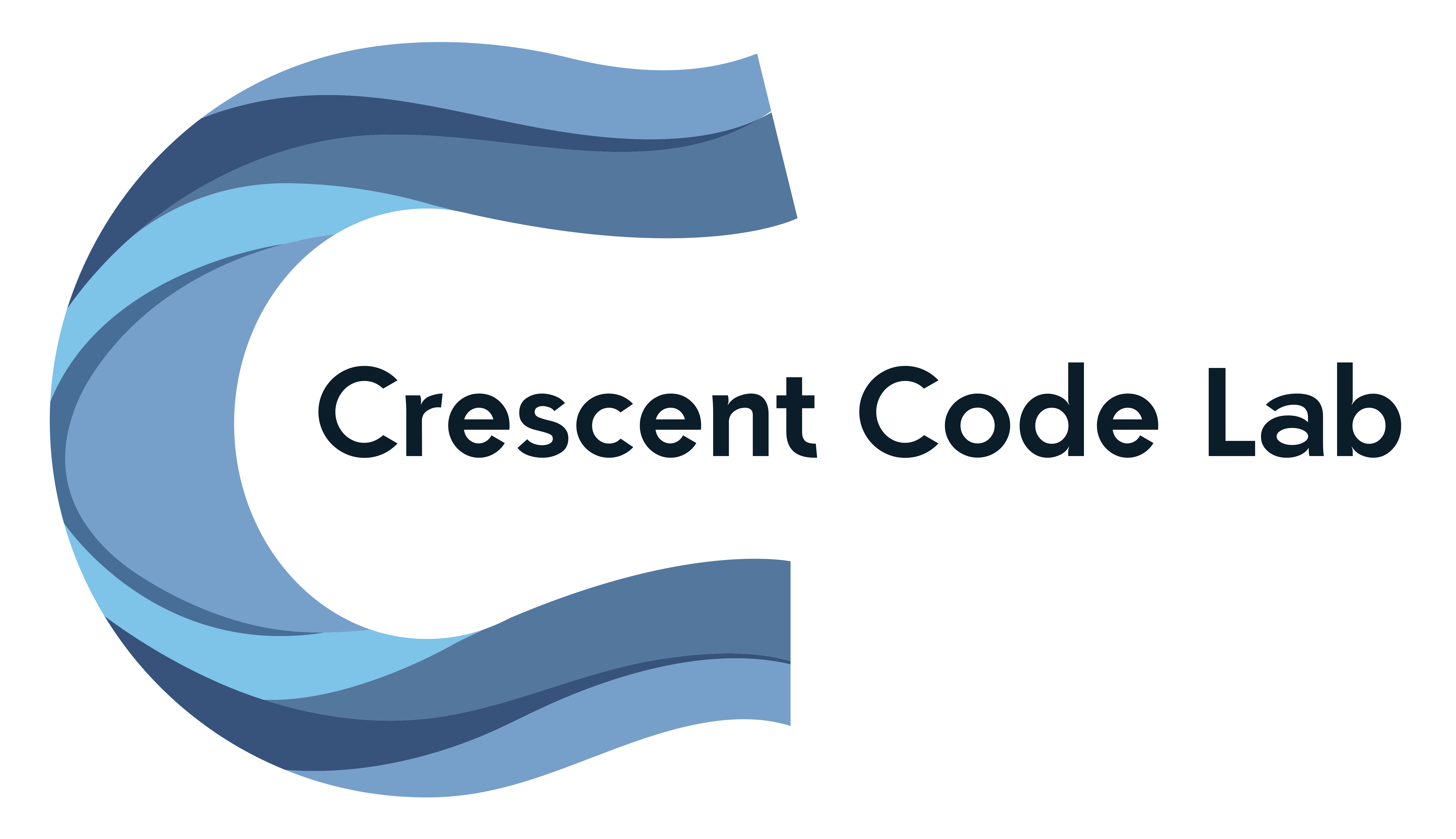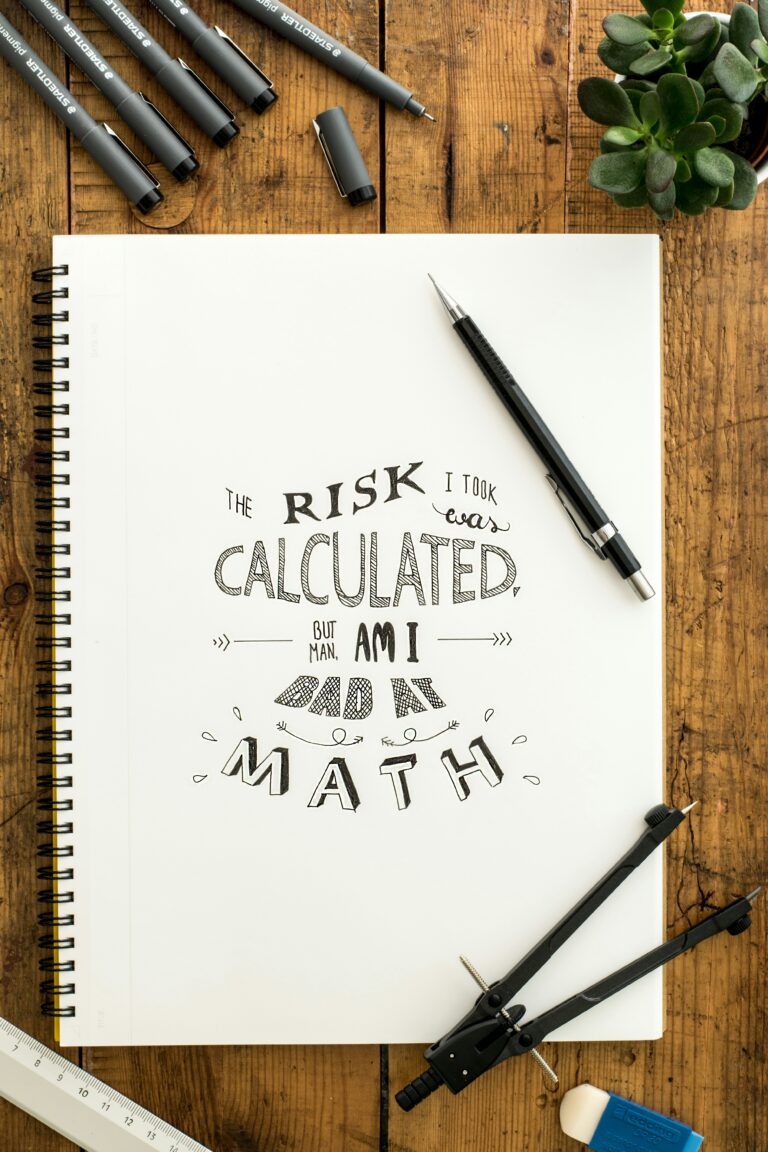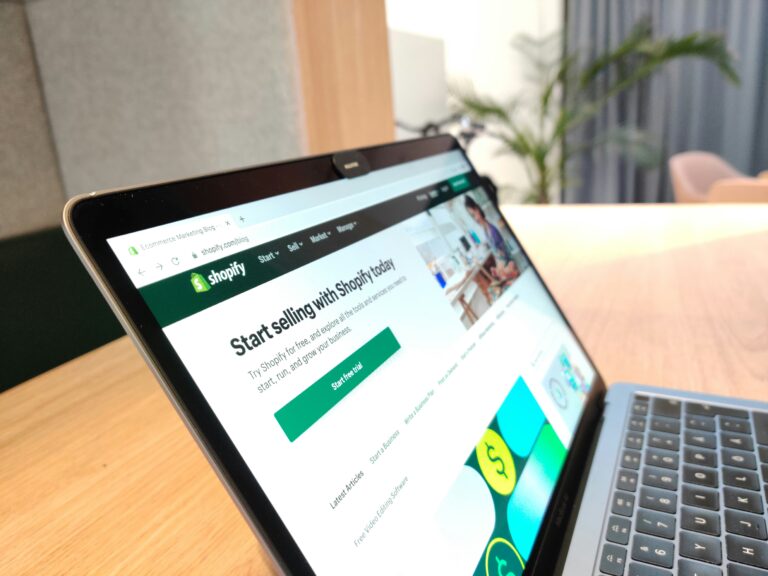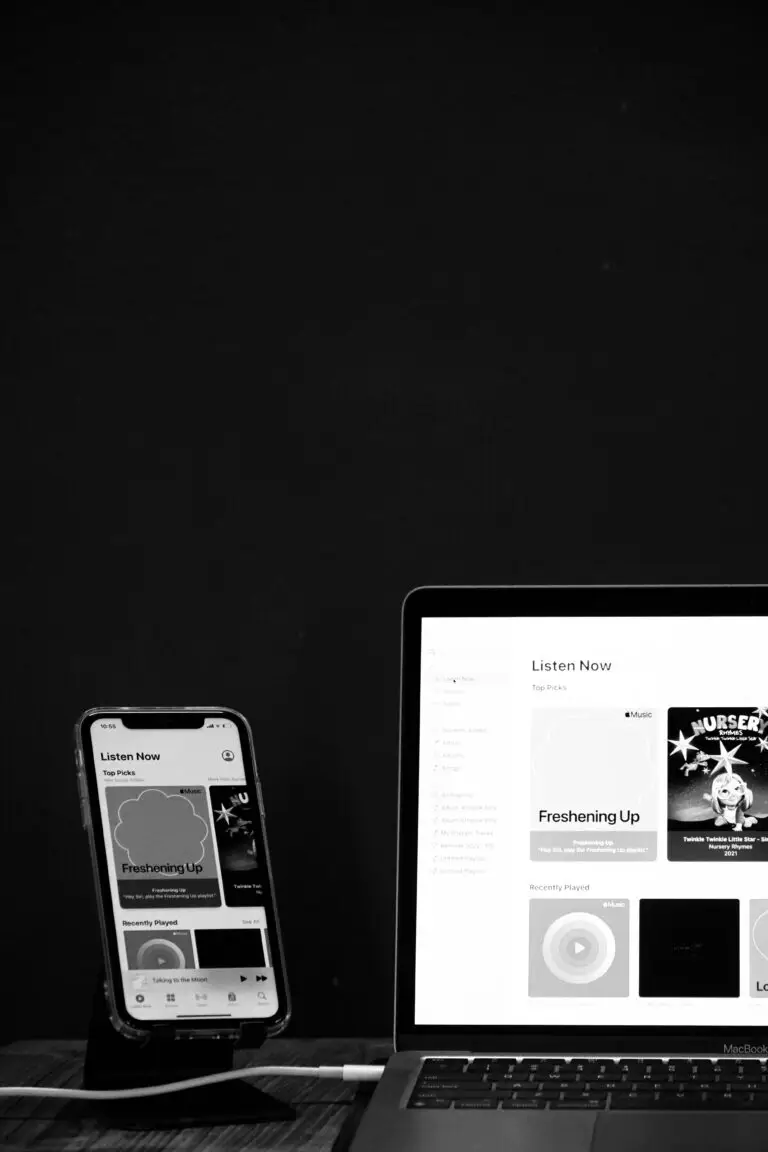Let’s be honest—web design can feel like a foreign language.
If your last design meeting felt more like decoding instructions for a spaceship than building a website, you’re not alone.
At Crescent Code Lab, we believe your web project should feel empowering, not overwhelming. So we’re breaking down some of the most common (and confusing) terms you’ll hear in the world of web design—with plain, no-fluff explanations you can actually use.
Why This Matters
Clear communication saves time, money, and stress.
When you understand the language of web design, you can:
- Ask smarter questions
- Spot red flags
- Make confident decisions
- Actually enjoy the process
15 Web Design Terms—Finally Explained
1. Domain
Your domain is your website’s address on the internet. Example: yourbusiness.com
2. Hosting
This is the service that stores your website and makes it accessible online. No hosting = no live website.
3. CMS (Content Management System)
A tool (like WordPress or Webflow) that lets you update your site without touching code.
4. Wireframe
A simple blueprint of your site’s layout—like a rough sketch of where text, images, and buttons will go.
5. Responsive Design
Means your site automatically adjusts to look good on all devices: phone, tablet, and desktop.
6. Call-to-Action (CTA)
The button or prompt telling users what to do next: “Book a Call,” “Buy Now,” “Download the Guide.”
7. Above the Fold
The part of your site users see before they scroll. Prime real estate—make it count.
8. Navigation
The menu system that helps people get around your site.
9. Alt Text
A description added to images for accessibility and SEO. It helps search engines (and screen readers) understand your content.
10. Plugins
Add-ons that extend your site’s features—like forms, pop-ups, or social feeds.
11. SEO (Search Engine Optimization)
The practice of making your site rank better on Google. Involves keywords, site structure, page speed, and more.
12. SSL Certificate
Gives your site that “https://” padlock. It encrypts data and makes your site secure. Google expects this in 2025.
13. Favicon
That tiny icon next to your site name in the browser tab.
14. Conversion
When a visitor takes the action you want—booking, buying, subscribing. Your website should be built for this.
15. Bounce Rate
The percentage of visitors who leave your site without doing anything. High bounce rate = something’s not working.
Pro Tip: If You Don’t Understand Something—Ask
If a designer throws out terms you don’t understand and doesn’t take time to explain them, that’s a red flag.
At Crescent Code Lab, we translate tech into plain English—so you always feel in control.
Final Word
You don’t need to be a web expert to build a high-performing site. You just need a team that respects your vision, communicates clearly, and helps you make smart decisions.
✨ Want help translating your ideas into a site that performs?
Let’s build something that makes sense—and makes sales.







